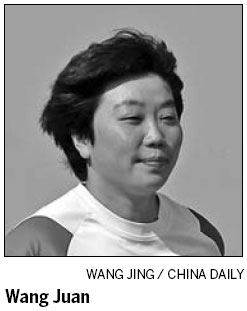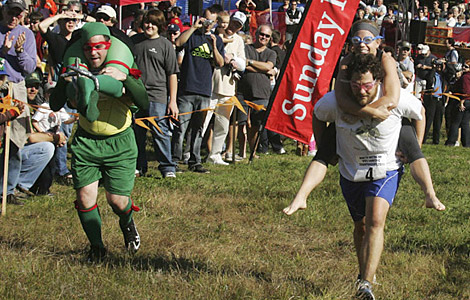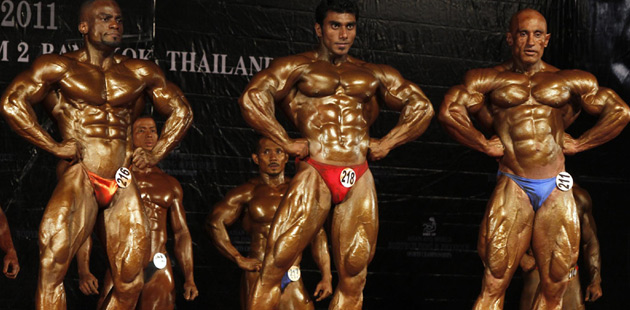The long road back to the track
Updated: 2011-10-07 08:55
(China Daily)
|
|||||||||||

I already had started practicing running before the accident.
Actually, I was on my way to meet a coach when the accident occurred. I was only 13 and was not fully aware of what it meant to lose a lower leg. I still remember the first few questions I asked my father were "Can I wear skirt? Can I run again?" You know, girls care about beauty, and I always loved sports.
My father said it would be no problem as the technology develops. But none of us had any idea what the prosthesis would be like in 20 years. It was just far beyond our imagination.
I got my first prosthesis just a few months after the surgery. It was made of glass fiber reinforced plastics and was about 5 kg, much heavier than the one I am wearing today. And it cost about 5,000 yuan ($ 782), which was a huge amount of money at that time. A worker's monthly salary was only a few hundred yuan.
I started to practice wheelchair fencing in 1994 and then switched back to track and field, which had always been my favorite since I was a child.
Back then, we didn't have the sports artificial limbs; we hadn't even heard of them. So I used walking legs to run and jump. But what happened was the legs fell off frequently. If it dropped during a competition, I had to stop and put it on. I had to use a long string to tie it to my waist.
In 1998, I had my first international competition in 1998 in Britain and I was surprised to find a lot of foreign athletes run with the J-shaped artificial limbs.
We were so curious and we wanted it, too. Some Chinese athletes asked the local companies to produce artificial limbs with the same shape.
However, the material was different. So it always broke and was very dangerous. I was very lucky when I got sponsored in 1999 and became the first Chinese athlete to wear a real sports artificial limb. When I competed in the domestic matches, other athletes always came to take a careful look at it and touch it.
However, it was not easy to control it. It took me about half a year and made me suffer a lot at first. But after that, it did help me improve a lot.
I have three artificial limbs now, one for walking and one each for running and for the long jump. Putting on an artificial leg is as quick and simple as a pair of shoes. Also, the walking leg, which I wear in daily life, is adjustable and makes it possible for me to wear high-heel shoes.
Cheetah enables me to compete against world-class athletes, and its users, like Oscar Pistorius always inspire me. Without Cheetah, I would have probably retired a few years ago.
Now, there is only one year until London. I have won four medals in the Paralympics - you know, an athlete always wants a gold. I'm already 35, but I'm still making progress. I hope I can make my fourth Paralympics and stand on the highest podium finally.
Wang Juan lost her right lower leg in a traffic accident at 13 and became the first Chinese to wear a Cheetah in 1999. She has won a total of four sprint and long jump medals in the Paralympics.
- Two Chinese sailors still missing: FM
- Purchase of bank shares helps market
- China warns US against yuan bill
- Letter calls Gucci stores 'sweatshops'
- Fugitive boss back to Wenzhou for restructuring
- Putin visit a herald of closer ties
- WWF seeks avid bloggers to watch wild panda
- Wal-Mart stores shut for pork scandal
Hot Topics
Libya conflict, Gaddafi, Oil spill, Palace Museum scandal, Inflation, Japan's new PM, Trapped miners, Mooncake tax, Weekly photos, Hurricane Irene
Editor's Picks

|

|

|

|

|

|







